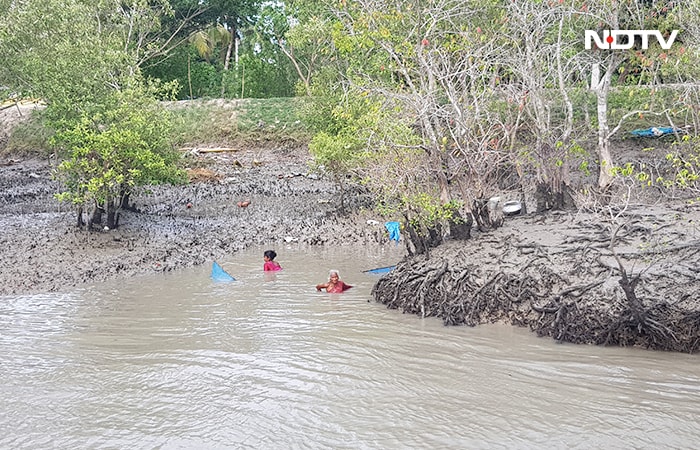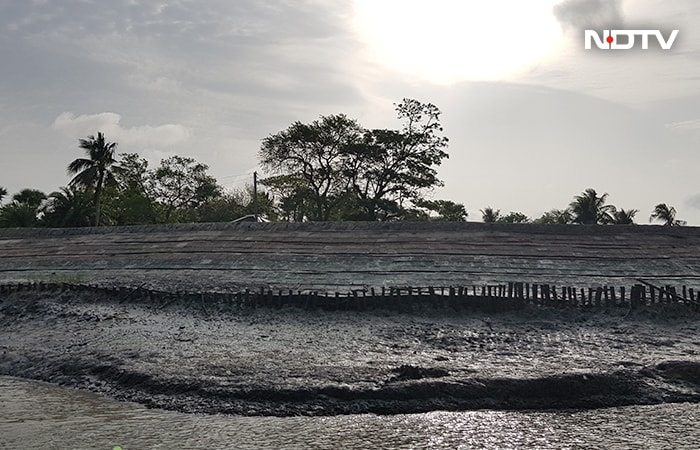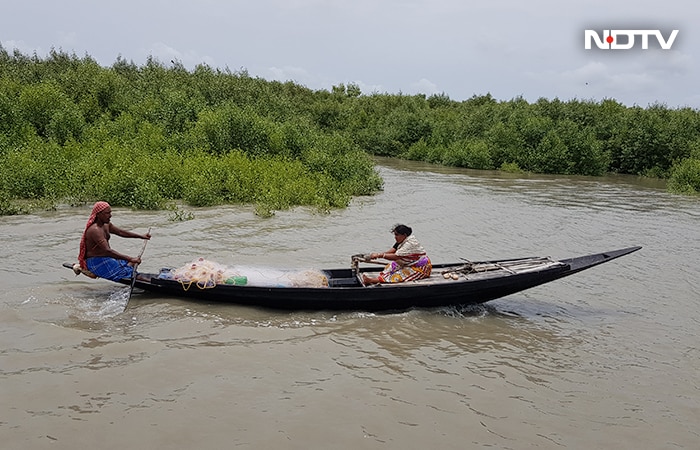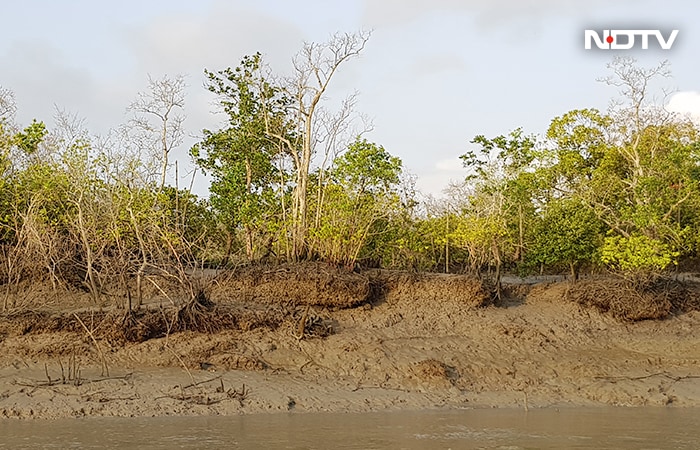World Environment Day 2022: How Climatic Change Is Depleting Lives in Sundarbans
The world's largest mangrove forest is facing the heat of climatic change, affecting the human population of 4.5 million in India, as per World Wildlife Fund.
Global warming and climate change have imposed a vulnerable danger to the Sundarbans. These low-lying mangrove forests are witnessing a shrinking of land due to an increase in sea-level rise. Having exposure to storms and an increase in coastal erosion, Sundarbans is dealing with all kinds of dire consequences.



















